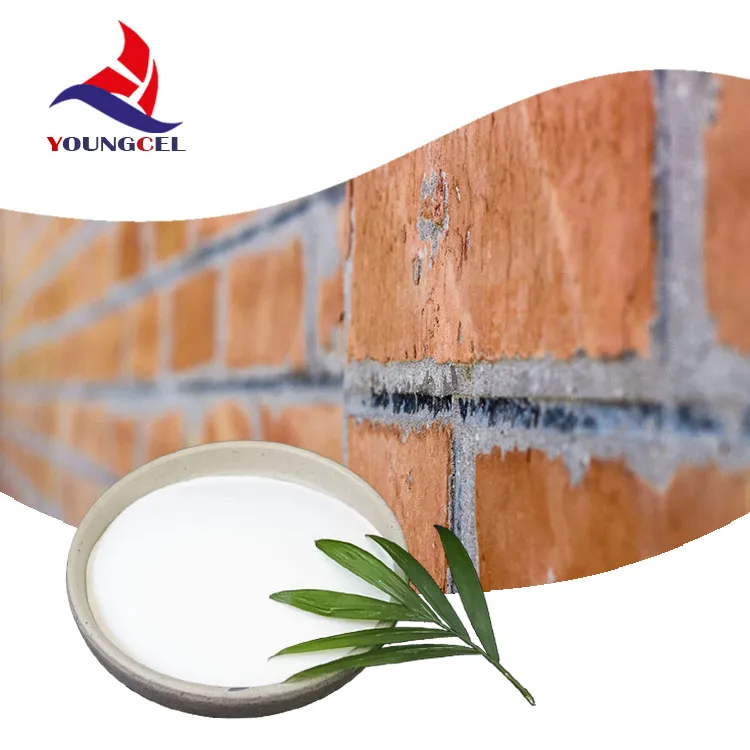Understanding the Role of Hydroxypropyl Methyl Cellulose (HPMC) in Various Applications
Hydroxypropyl Methyl Cellulose (HPMC) is a versatile polymer chemical widely used in various industries due to its unique properties. As a non-ionic, water-soluble cellulose ether, HPMC plays a significant role in food, pharmaceuticals, construction, cosmetics, and other applications.
Composition and Properties
HPMC is synthesized from cellulose, a naturally occurring polymer found in plant cell walls. By chemically modifying cellulose through hydroxypropyl and methyl groups, HPMC becomes soluble in water and can form a gel upon heating. Its unique structure allows it to exhibit varying degrees of viscosity and solubility, which can be tailored during production to meet specific requirements. HPMC is available in different grades, each corresponding to various applications, with specific chemical percentages of hydroxypropyl and methyl groups, affecting its performance and usability.
Applications in Food Industry
In the food sector, HPMC serves various purposes. It acts as a thickening agent, emulsifier, and stabilizer in products like sauces, dressings, and baked goods. Its ability to retain moisture ensures improved texture and shelf life of food items. Furthermore, HPMC is commonly used in gluten-free baking, providing the necessary elasticity and structure often lacking in gluten-free mixtures.
Pharmaceutical Uses
The pharmaceutical industry recognizes HPMC for its usefulness in creating controlled-release drug formulations. Acting as a binder and film-forming agent, it helps in formulating tablets and capsules, enhancing the stability and bioavailability of active ingredients. The semi-permeable nature of HPMC allows for a controlled release of medication, ensuring a steady distribution of the drug in the body over time.
chemical hpmc hydroxypropyl methyl cellulose

Construction and Building Materials
In construction, HPMC is utilized in cement and plaster formulations, enhancing their workability, adhesion, and water-retention properties. It is particularly useful in tile adhesives, where improved flexibility and setting times are essential. HPMC modifies the rheology of construction materials, ensuring an optimal application without compromising performance.
Role in Cosmetics
The cosmetic industry also benefits from HPMC due to its thickening and stabilizing properties. It is commonly found in creams, lotions, and gels, where it enhances texture and provides a pleasant feel on the skin. HPMC also contributes to the formulation of hair products, where it imparts a smooth and manageable finish.
Environmental Impact and Safety
One of the significant advantages of HPMC is its biodegradable nature, making it an environmentally friendly choice compared to synthetic alternatives. It is generally recognized as safe (GRAS) by food and drug authorities, contributing to its widespread acceptance across various industries.
Conclusion
In summary, Hydroxypropyl Methyl Cellulose (HPMC) is a multifunctional compound that serves essential roles across multiple sectors. Its unique chemical properties enable a range of applications, from food and pharmaceuticals to construction and cosmetics. As industries continue to seek innovative and sustainable solutions, the significance of HPMC is likely to grow, establishing its position as a key ingredient in the development of effective and environmentally responsible products. Understanding the chemical composition and the various percentages of HPMC allows manufacturers to optimize its use effectively, ensuring enhanced functionality and performance across applications.
-
Rdp Powder: Key Considerations for Wholesalers in the Building Materials IndustryNewsJul.08,2025
-
Key Considerations for Wholesalers: Navigating the World of Hpmc - Based ProductsNewsJul.08,2025
-
Hpmc Detergent: Key Considerations for WholesalersNewsJul.08,2025
-
Key Considerations for Wholesalers: China Hpmc For Tile Adhesive, Coating Additives, Concrete Additives, and MoreNewsJul.08,2025
-
Crucial Considerations for Wholesalers: Navigating the World of Construction MaterialsNewsJul.08,2025
-
Key Considerations for Wholesalers Sourcing Additive For Cement, Additive For Concrete, Additive For Putty from Additive Manufacturer Shijiazhuang Gaocheng District Yongfeng Cellulose Co., Ltd.NewsJul.08,2025




